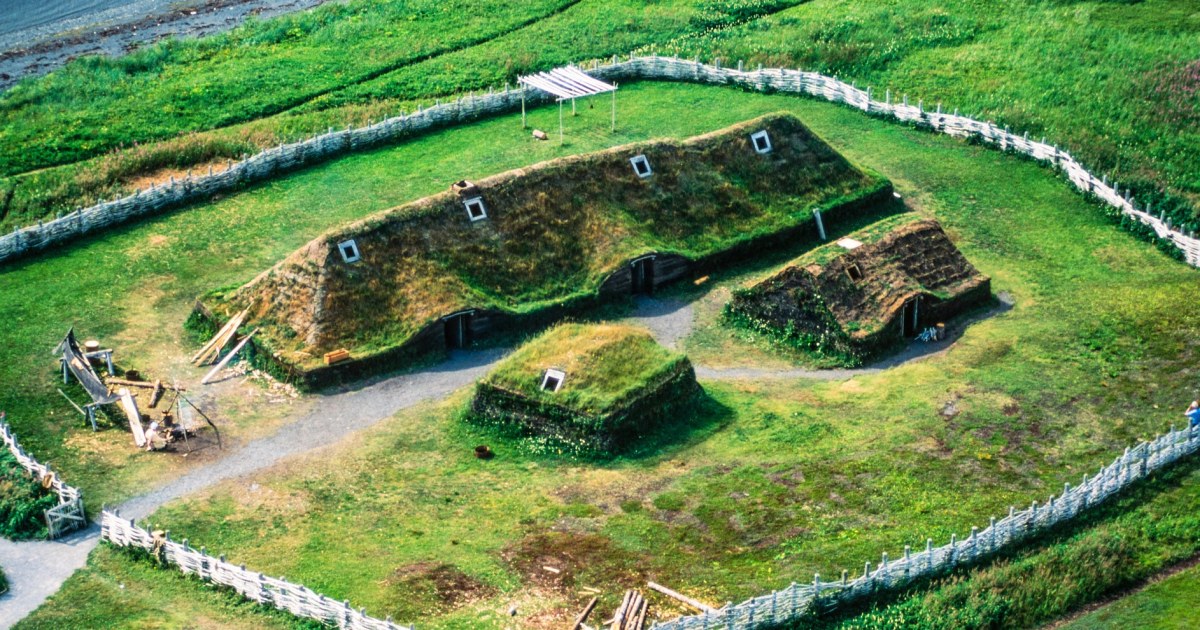By Tom Metcalfe -
NBC News
The Greenland Vikings were the first Europeans to reach America, long before the Italian navigator Christopher Columbus did so in 1492 in the service of the kings of Castile and Aragon.
According to research published Wednesday, they lived in a village in Canada's Newfoundland region exactly 1,000 years ago.
Scientists have known for many years that the Vikings - the name by which the English called the Nordic peoples who raided their territories - built a village at L'Anse aux Meadows, in Newfoundland, a millennium ago.
But the research released by the journal Nature determines for the first time in what year its arrival occurred.
A reconstructed Nordic longhouse next to the L'Anse aux Meadows archaeological site in Newfoundland, Canada. Russian Heinl aerial photography / Shutterstock via NBC News
The Nordic expedition, made up of 100 men and women, cut down trees to build the town and repair its ships in 1021, that is, 470 years before Columbus arrived in the Bahamas in 1492.
"This is the first time that the date has been scientifically established," says archaeologist Margot Kuitems, a researcher at the University of Groningen (the Netherlands) and lead author of the study.
[A diver finds in the Mediterranean a medieval sword that belonged to a knight of the Crusades]
"Until now, the date was based solely on sagas, oral histories that were not written until the 13th century, at least 200 years after the events they described occurred," he explained.
The first Norse settlers of Greenland came from Iceland and Scandinavia.
The arrival of the explorers in Newfoundland marks the first time humanity went around the world.
His stay did not last long, however.
Research suggests that the Norse lived in L'Anse aux Meadows for between three and 13 years before leaving the village and returning to Greenland.
The reconstructed Nordic buildings at L'Anse aux Meadows are based on excavations carried out at the archaeological site.
This building could have been a church.Glenn Nagel Photography / Shutterstock via NBC News
The scientific key to determining the exact date the Norse were there has been a spike in a naturally radioactive form of carbon that was detected in ancient pieces of wood found in the area.
The indigenous people occupied L'Anse aux Meadows both before and after the Norse, so the researchers made sure that each piece had distinctive marks showing that it had been cut with metal tools, which the native peoples of the area did not control.
[Two teenagers unearth a treasure trove of gold coins over 1,000 years old]
Archaeologists have long turned to radiocarbon dating to find a rough date for organic materials such as wood, bone, and charcoal, but the latest study uses a technique based on a global "cosmic ray event" - probably caused by massive solar flares - to determine an exact date.
The archaeological remains are now protected as a historic monument and National Parks of Canada has built an interpretation center nearby.
It is listed as a UNESCO World Heritage Site.

